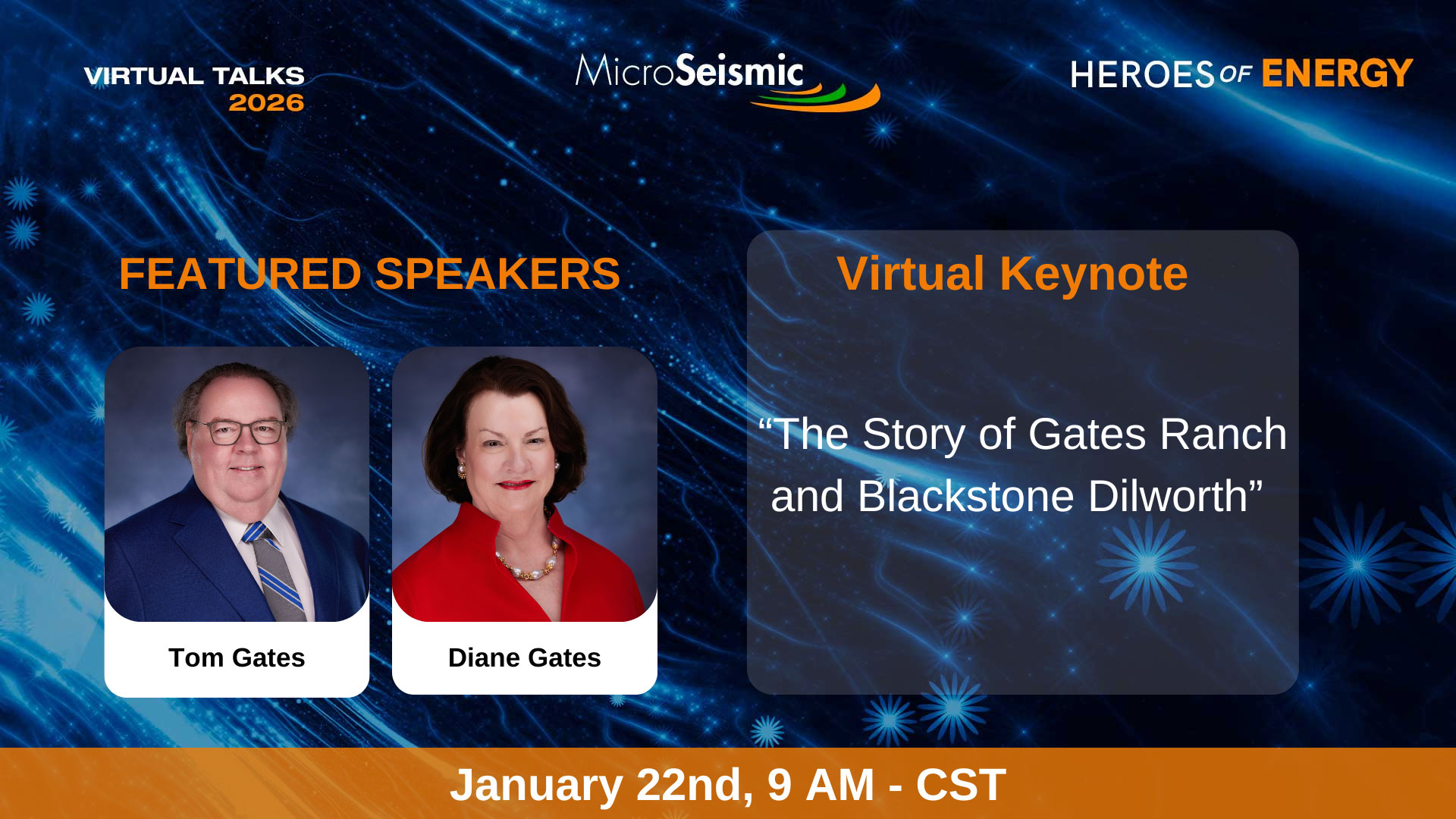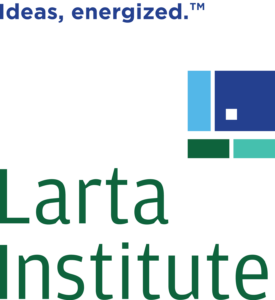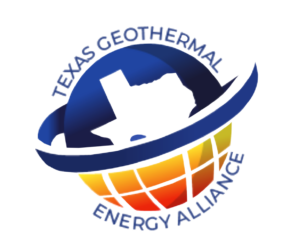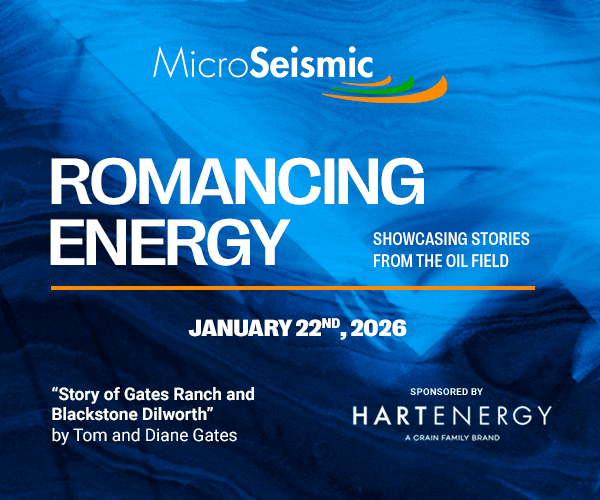
Whenever I hear about geothermal energy and the heat that lies within the Earth’s interior, my mind wanders to that incredible novel that made me ponder what the Earth’s depths could be like and what lies beneath. I’m referring to “Journey to the Center of the Earth,” the second of the great adventure novels that brought worldwide fame to French writer Jules Verne.
The novel begins with the discovery of a runic manuscript in one of the most astonishing places on our planet, the magnificent Iceland, specifically the extinct volcano Snaefells. Iceland, often dubbed “the land of fire and ice,” is like a “harmonious marriage” between geology and its northern location, providing the country with extensive access to geothermal resources. The island sits atop the Mid-Atlantic Ridge, between the Eurasian and North American tectonic plates, a highly active volcanic region that fuels its geothermal systems.
In an era where climate change necessitates countries worldwide to adopt sustainable energy solutions, Iceland stands in a unique position. Currently, nearly 100% of the electricity consumed in this small country of 330,000 inhabitants comes from renewable energy sources. Furthermore, 9 out of 10 households are directly heated using geothermal energy. The story of Iceland’s transition from fossil fuels to alternative sources can serve as inspiration for other countries striving to increase their share of renewable energy.
the United States is not far behind Iceland in the energy transition. At present, installed geothermal capacity for electricity generation in the U.S. stands at nearly 2,800 megawatts (1 megawatt supplies approximately 1,000 homes).Non-electric uses reach a total of 600 megawatts of thermal energy. Most geothermal power plants in the United States are located in western states and Hawaii, but California generates the most electricity from geothermal resources. The U.S. faces a great challenge as it rapidly integrates geothermal energy into its power mix, although the progress may be slower when compared to Iceland’s astonishingly rapid process.
Geothermal energy, a renewable energy source that harnesses the Earth’s internal heat, has gained increasing interest worldwide. As we delve deeper into the Earth, the temperature increases by approximately 3°C per 100 meters of depth. Exploiting this thermal gradient, heat is extracted through circulating fluids, which are heated by the hot rocks beneath the surface. These fluids reach the surface and are utilized to generate electrical power or for direct heating and cooling purposes.
This incredible energy source relies on tapping into the natural heat found in the Earth’s deeper layers. In regions with high volcanic activity, like Iceland, geothermal heat is more accessible and used for electricity generation and heating. However, geothermal energy can be harnessed in various areas around the globe. The process of obtaining geothermal energy involves extracting heat stored in the subsurface through drilled wells into the earth.
Geothermal energy emerges as a promising alternative in the quest for sustainable and emission-free power. Just like in “Journey to the Center of the Earth,” we venture into the unknown, via wells resembling the tunnels the characters traversed, to uncover hidden riches beneath our surface. Harnessing the Earth’s internal heat provides us with a clean and dependable energy source, reducing our reliance on fossil fuels and contributing to mitigating climate change. Much like Jules Verne captivated readers with his imagination and his ability to explore the unknown, geothermal energy invites us to explore the wonders that lie beneath our feet. As we delve deeper, we discover a sustainable solution for our energy needs and move closer to a cleaner and more resilient future.
At MicroSeismic, Inc., we stand as global leaders in hydraulic stimulation monitoring (HSM), and our cutting-edge Advanced Engineering Analysis offers the ability to quantify the effectiveness of geothermal stimulation. It provides tangible insights for enhancing the connectivity of heat to rocks in future injector/producer groupings within Enhanced Geothermal Systems Monitoring (EGSM).
By harnessing MicroThermal Energy Monitoring, you’re not just investing in state-of-the-art technology; you’re fostering a more sustainable and environmentally friendly future.









